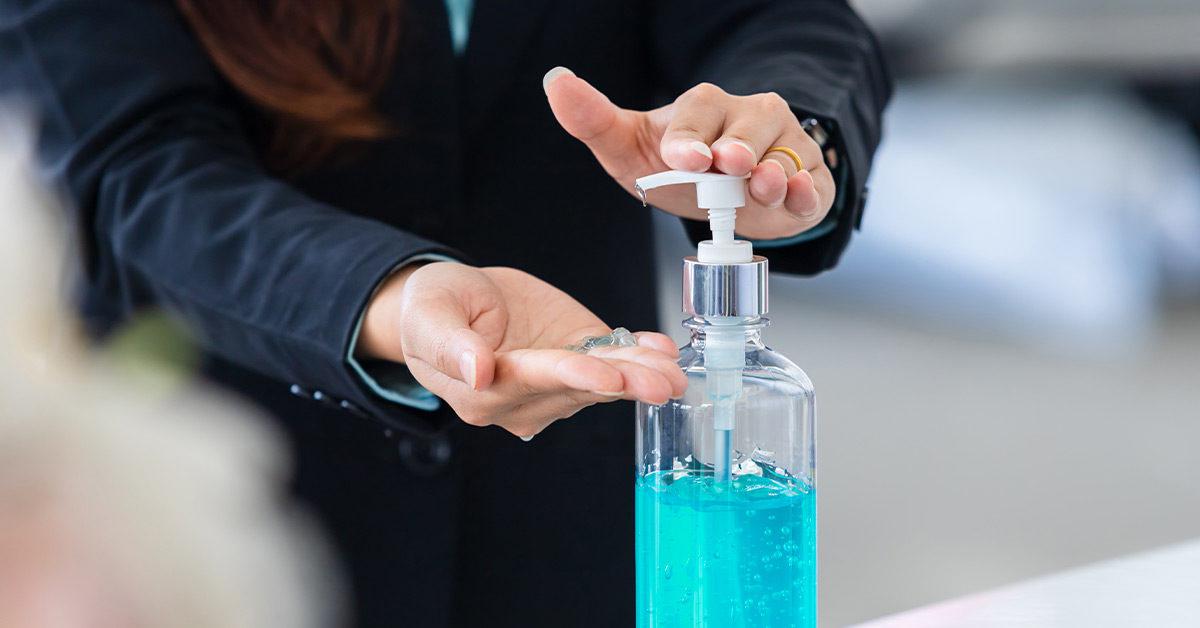What to look for in a hand sanitiser

Hand sanitisers have boomed in production since the COVID-19 outbreak. While there’s absolutely nothing wrong with good ol’ fashioned soap and water, these hygiene staples have become a nifty way to kill or prevent the growth of microorganisms on the skin while on the go.
However, not all sanitisers on the market operate the same way. A number of companies out there have capitalised on the sudden upward trajectory of hand sanitisers, meaning it can be tricky to navigate the good from the bad.
At the crux of it, different products consist of different regulatory standards which ultimately revolve around their ingredients and the way they’re used. If buying your cleaning chemicals online, it’s vital to consider a few crucial factors.
Check the type of alcohol
When it comes to recommended types of alcohol used in hand sanitiser, ethanol and isopropanol are the top two to look out for. One of these should be clearly outlined on the ingredients list. At times, you may find there is no type of alcohol specified; rather, the term ‘denatured alcohol’ is used. This simply means the ethanol or isopropanol has been slightly diluted to discourage ingestion.
Check the amount of alcohol
While this figure differs slightly according to different health organisations’ regulations, a general rule of thumb is to look for at least 60% and no more than 80% alcohol. For instance, the World Health Organisation recommends 80% ethanol or 75% isopropanol. The main thing is to avoid any products that claim an alcohol content of more than 95% — if this is the case, the product is just going to evaporate before actually taking effect.
Be wary of inappropriate claims
Some hand sanitisers may promote prevention or reduction of transmission of COVID-19, however such claims require a sturdy approval process. Others may claim to kill specific organisms, such as viruses. The Therapeutic Goods Association (TGA) is responsible for regulating such claims, issuing an AUST R number if the product meets the necessary standards. This number can be found on the container’s label — if absent, the product is unlikely to have been assessed by the TGA and therefore may be illegal.
Consider the container
It’s a good idea to avoid any hand sanitiser bottles that could easily be mistaken for food or drink, particularly if you have little ones around. Naturally, the antiseptic ingredients used in these products can be hazardous if ingested.
Is it safe to make your own?
Given the intricacies involved in producing a safe and effective hand sanitiser, it is not recommended to engage in any home DIYs to come up with your own product. Obviously the type and amount of alcohol can be difficult to perfect without the right equipment, therefore potentially leading to a dud sanitiser that just gives you a rash, but the logistics of storage can also become quite problematic (and even hazardous). As such, it’s best to stick to handmade soaps and candles, and fork out the cash for a hand sanitiser that’s undergone the necessary processes.

